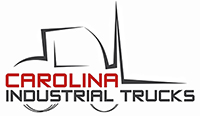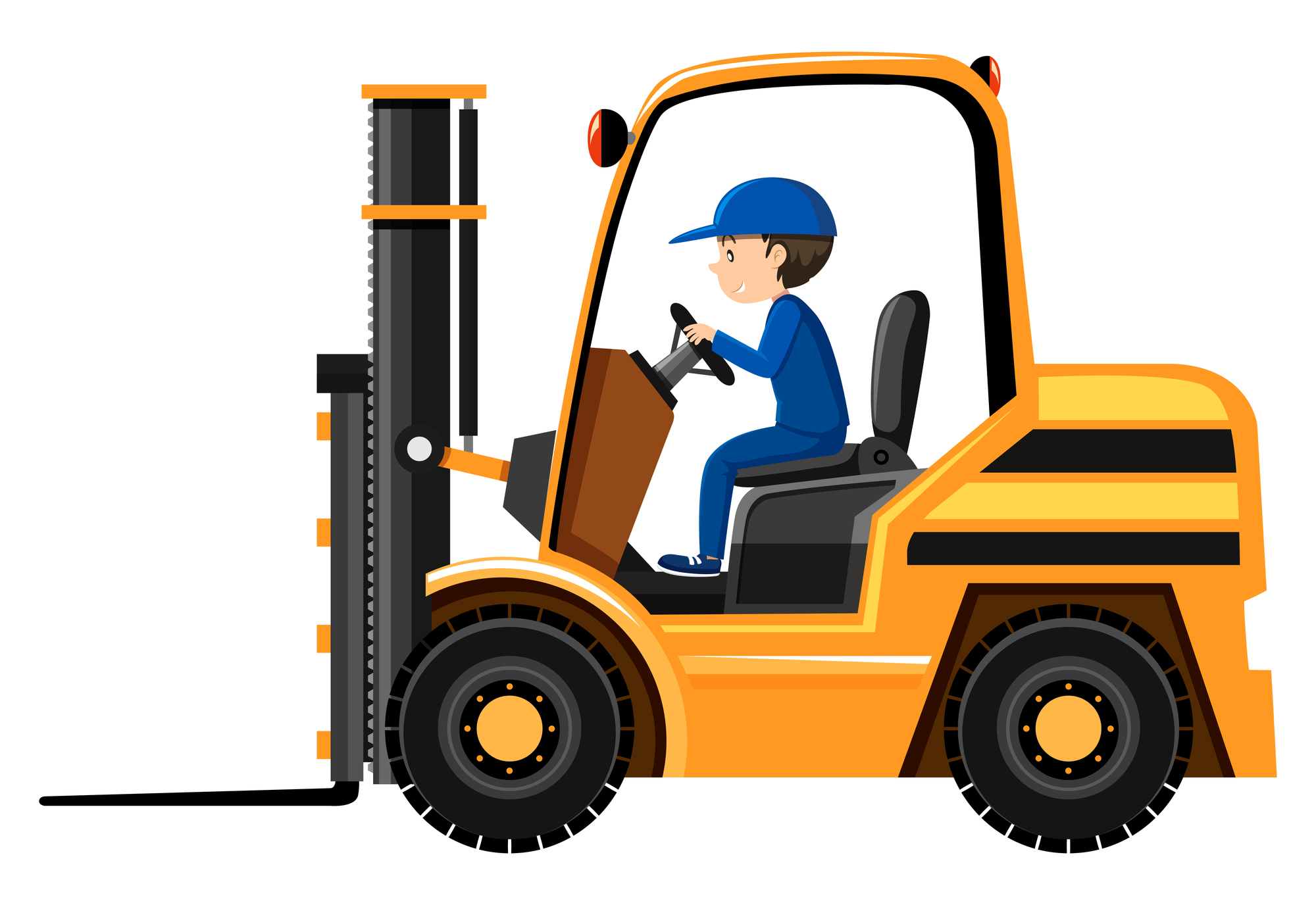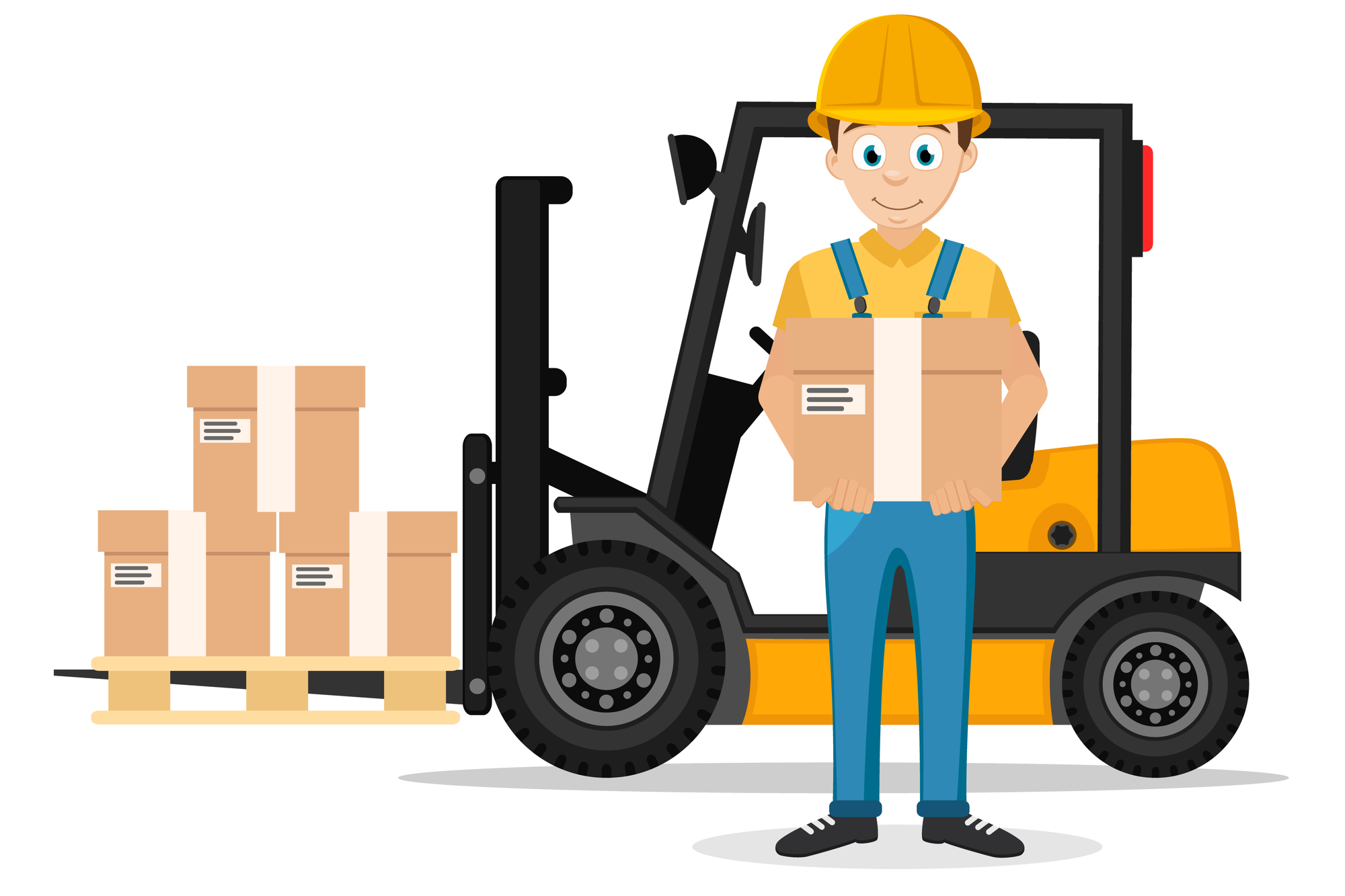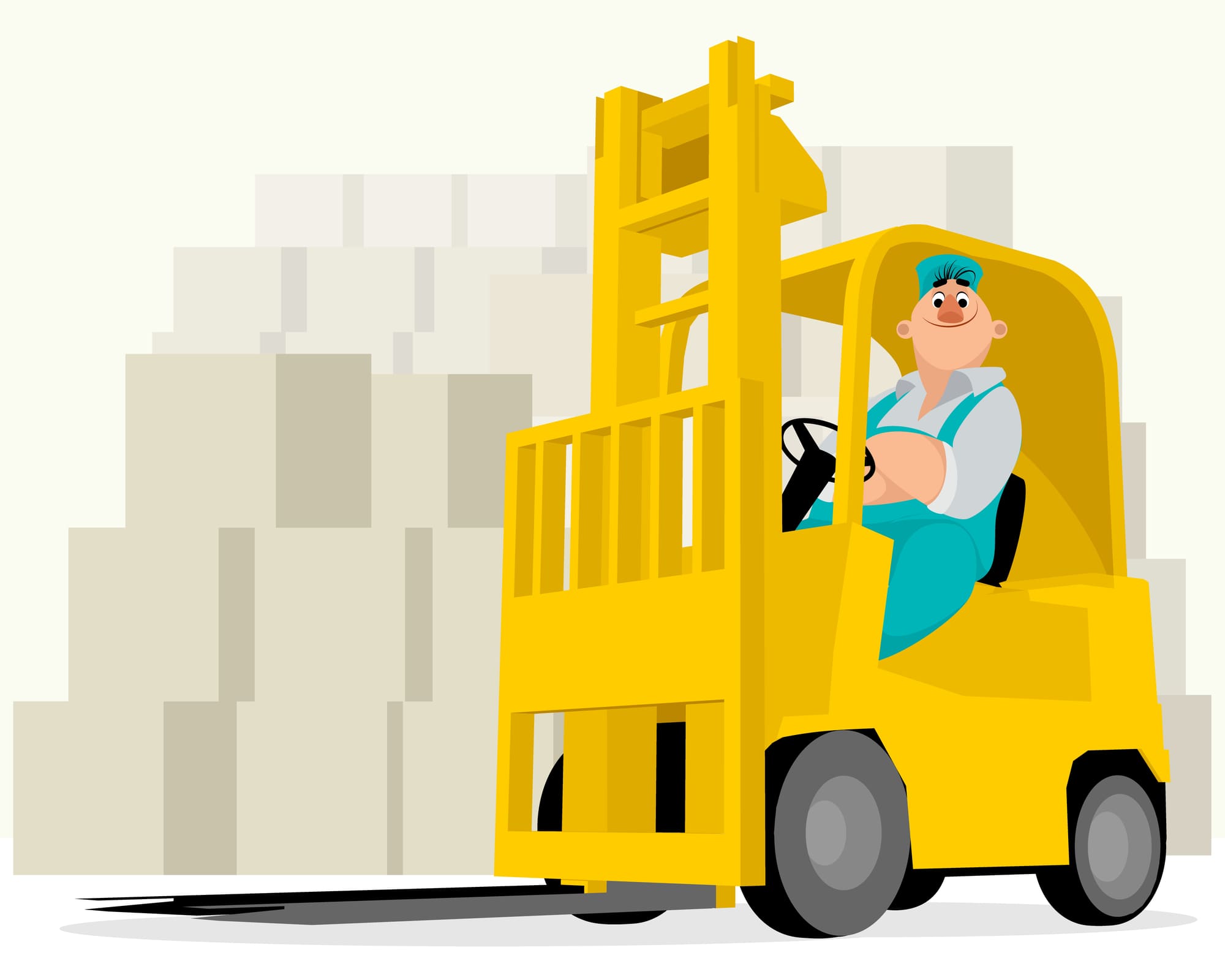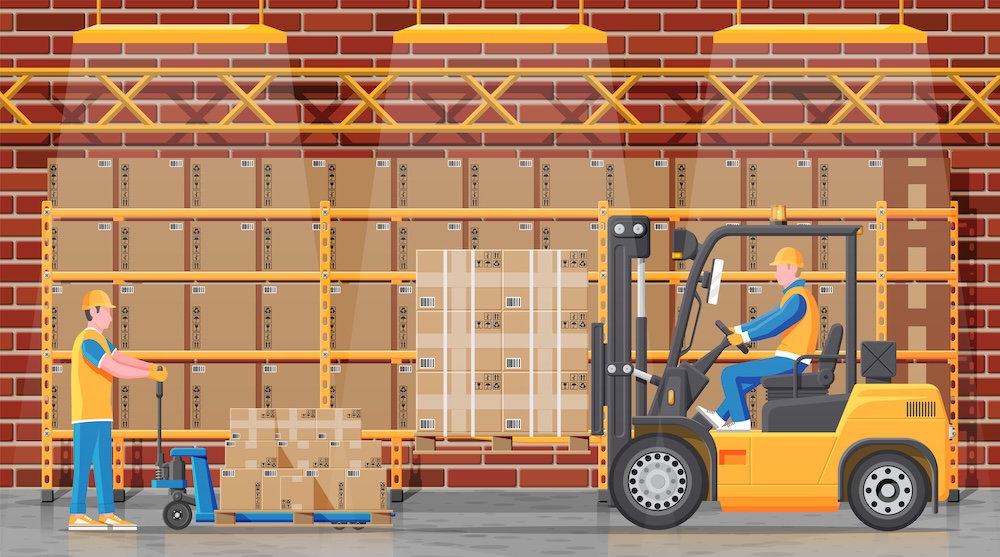A Complete Guide to Pre-Shift Forklift Inspections
10/25/2018
CITrucks
Your forklift is one of your company's best assets. It's important to keep it running well for both the longevity of your machine and the safety of your employees.
Before operating a forklift, the operator should do a thorough inspection of the machine. Inspecting forklifts before each use helps prevent injuries from a defective part.
Preventing forklift breakdowns or malfunctions also helps keep you from expensive repairs.
Do you and your employees know how to complete a forklift inspection? Here are a few things you should look at before allowing your employees to use a forklift on a daily basis.
The Law Requires Forklift Inspections
It's not worth skipping a pre-shift inspection for your forklift. Not only is it important, but OSHA and federal law also require it.
The OSHA forklift inspection process includes a checklist that covers your forklift from back to front and top to bottom. This inspection must take place before every shift.
Start with items that require inspection before turning on the engine, then work your way down the list.
Before Starting the Engine
When starting a shift, visually inspect the forklift. Notice any new leaks, cracks, or damage.
OSHA provides a thorough list of everything to check before turning on the engine. Some of these include:
- Tire condition: Check tire pressure and look for bulges, cuts, holes, or excessive wear.
- Fluid levels: Check fuel level, transmission fluid, radiator coolant, engine oil, brake fluid, and hydraulic oil.
- Battery: Check the charge, electrolyte, and battery water levels.
- Be sure the hood latch fastens properly.
- Check the condition of the forks.
- Look for cracks and rips in the engine belts.
You'll also check the visible safety warnings, overhead guard, and that all safety devices are attached and available. This includes lights, horn, fire extinguisher, mirrors, wipers, and the backup alarm.
Make sure the seat belt works. Also check for any damage to the hoist system.
If these systems pass inspection, you're ready to continue the forklift pre-operation checklist with the engine turned on.
Start Your Engine
With the engine running, make sure the components on the following list work properly.
- All gauges, including fuel, temperature, engine oil, instrument.
- Steering
- Accelerator Control Pedal
- Brakes, including the parking and service brakes
- Monitors
- Lights and horn
- Attachment Control Operation
- Drive Control (Forward/Reverse)
- Control for forward- and back-tilt
- Everything in the cab, including the heater, wipers, and the defroster
- Control for lowering and hoist
If you see or hear anything unusual during this part of the inspection, turn off the engine and note the issue.Have the forklift serviced and inspected again before using it for normal operation.
Additional Inspections
After going through the general inspection checklist, you'll need to inspect additional parts or functions for your specific equipment.
Depending on your type of forklift, be sure you know how to inspect other components.
Electric Forklifts
For electric forklifts, check all connectors and cables. Repair any exposed or frayed wires before using the forklift during a shift.
Be sure you wear protective equipment during the inspection of electric components. Wear a rubber apron, face shield, and rubber gloves.
Liquid Propane Forklifts
Do a careful pre-operations check of propane parts on your forklift.
The checklist of items includes:
- Checking that the tank is properly mounted and secure
- Check all connectors and hoses
- Be sure the pressure relief valve points up
- Look for cracks and dents in the tank
- Check for any signs of leaks
When checking propane parts, be sure you wear protective equipment. Wear a face shield, gauntlet gloves, and long sleeves.
What do you when a Forklift Fails Inspection?
With regular inspections during pre-operations, you'll keep up with maintenance for your forklift.
However, there will be times when your inspection finds something that isn't working properly or needs attention before using your forklift.
It's critically important not to use a forklift that has any pre-shift issues. The operator's safety and the safety of other employees is too valuable to skip the time spent on the pre-operation checklist.
If the inspection finds any issues, large or small, tag the forklift and remove it from service immediately. After repair, the forklift can return to service.
When a Forklift is in Operation
Your forklift might pass the pre-shift inspection with flying colors, but you could notice something is "off" during your shift.
If any of these issues happen while operating a forklift, shut it down immediately and report it as needing repair.
- Fire (or the smell of smoke)
- Mechanical breakdown (including any component or safety feature)
- Leaking
- Overheating
When operating a forklift, you are responsible for its safe operation, so it’s vital that you report any forklift problems right away.
Protect yourself, coworkers, and employees by being vigilant and knowledgeable about forklift safety and operation.
Regular Forklift Maintenance Helps Inspections
Never let daily pre-shift forklift inspections take the place of regular planned maintenance for your machines.
Periodically take your forklifts out of service and perform regular maintenance.
It helps to avoid mechanical breakdown and accidents and injuries as a result of improperly working equipment.
By keeping your machines in good working order, you save time on pre-shift inspections and more expensive repairs.
Forklift Inspections Keep Safety First
Don't think of pre-operational forklift inspections as a hassle. While forklifts are an essential company asset, your employees are your biggest asset.
We understand that downtime for your machines means you're losing income, but your employees' safety comes first.
Safety inspections are an important part of being a forklift operator. Well-trained employees know how to perform this checklist quickly andthoroughly.
Any new operator should complete a forklift training course. Seasoned operators also benefit from refresher training courses to help train and monitor your employees and equipment.
We offer classes that take students through every aspect of forklift operation. We also perform service and repairs on forklifts and other equipment to keep your fleet operational and safe.
Learn more about us and contact us for help with your equipment or training programs today.
